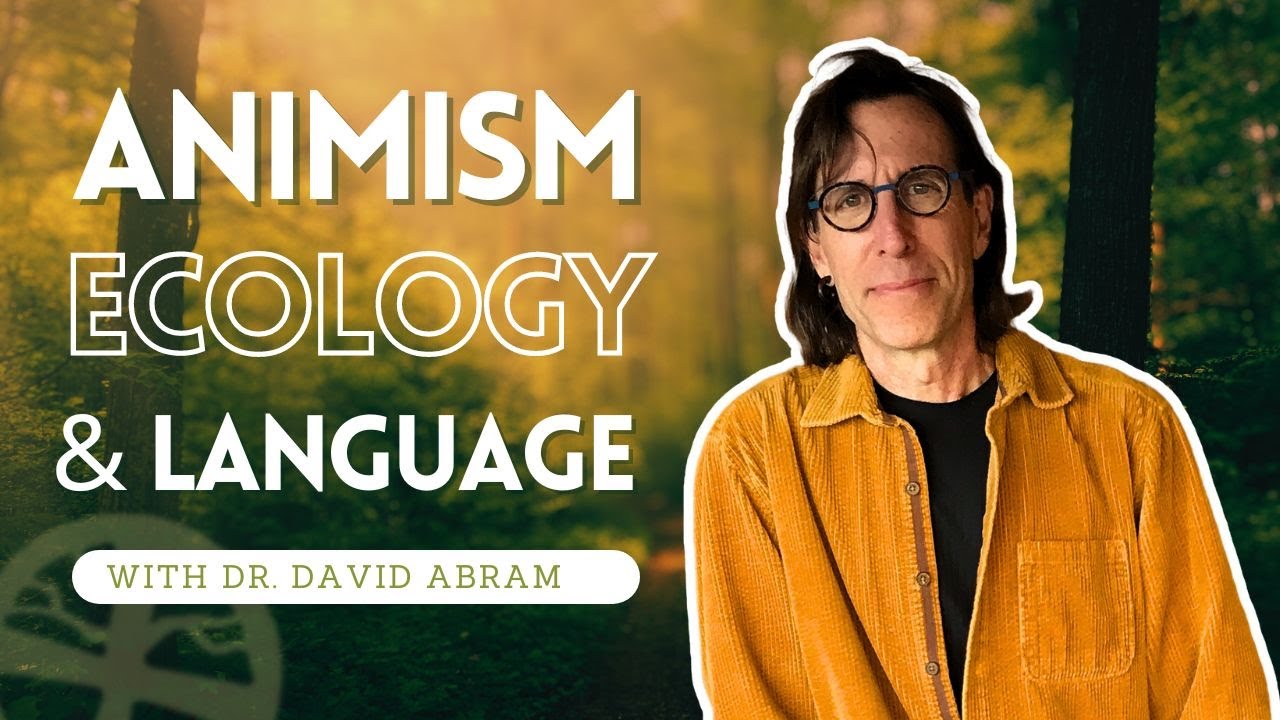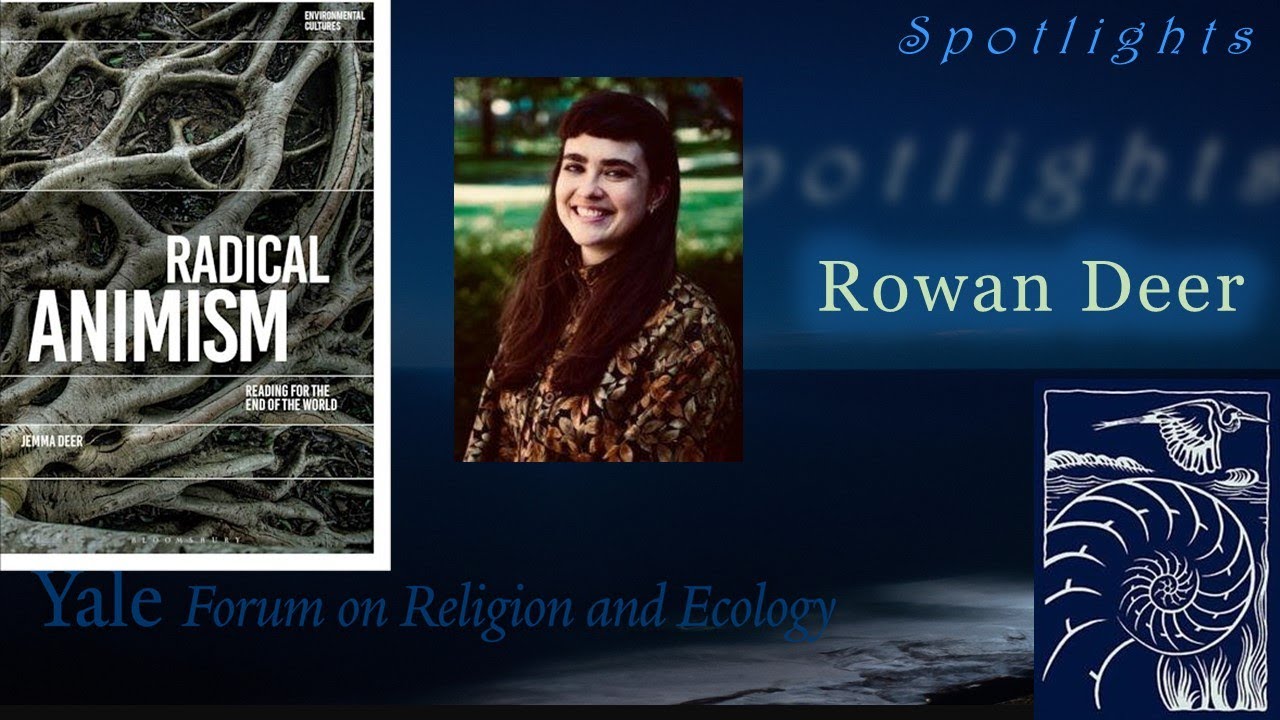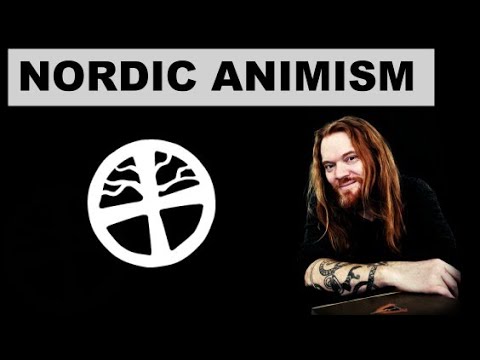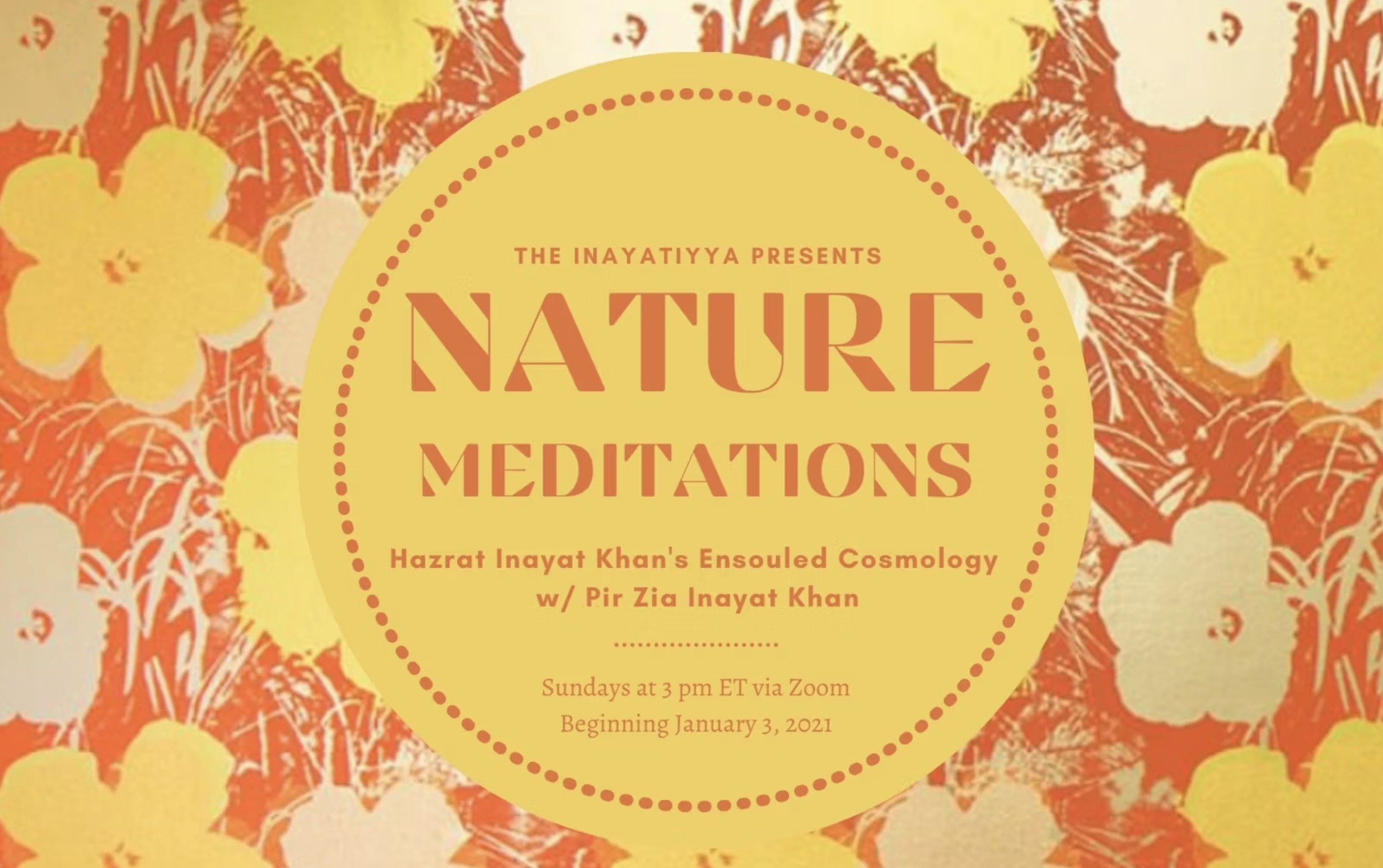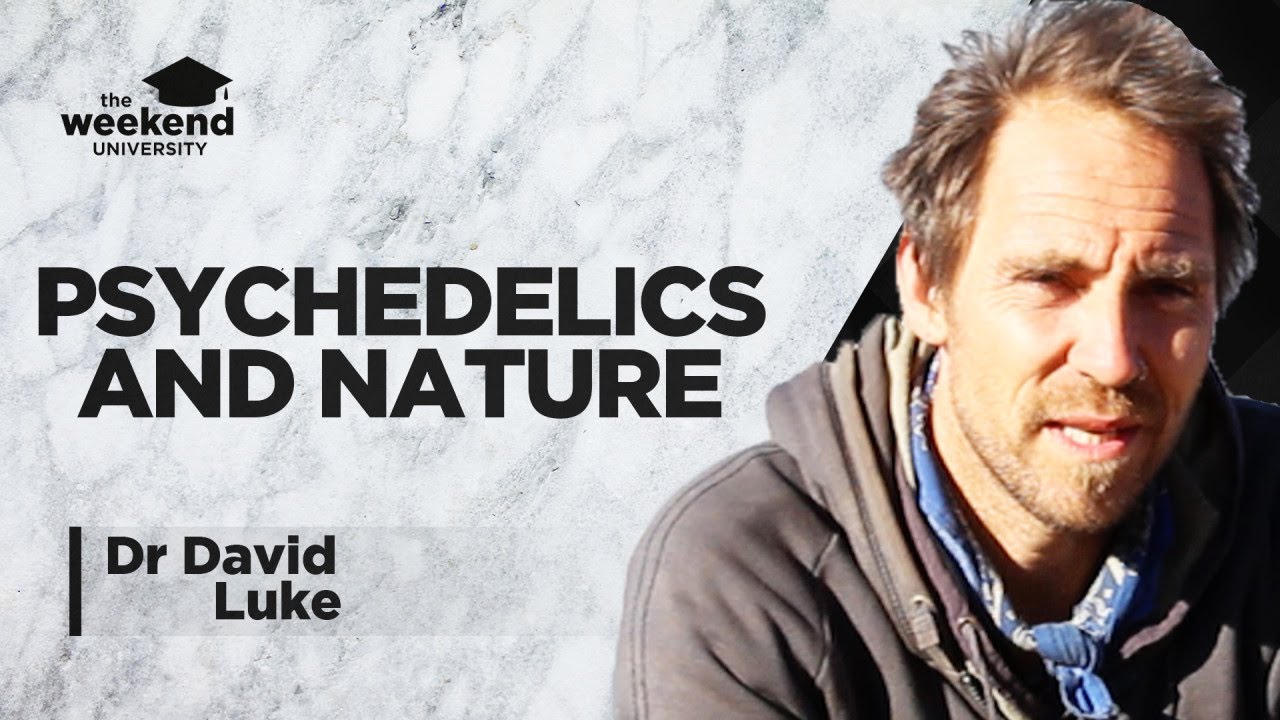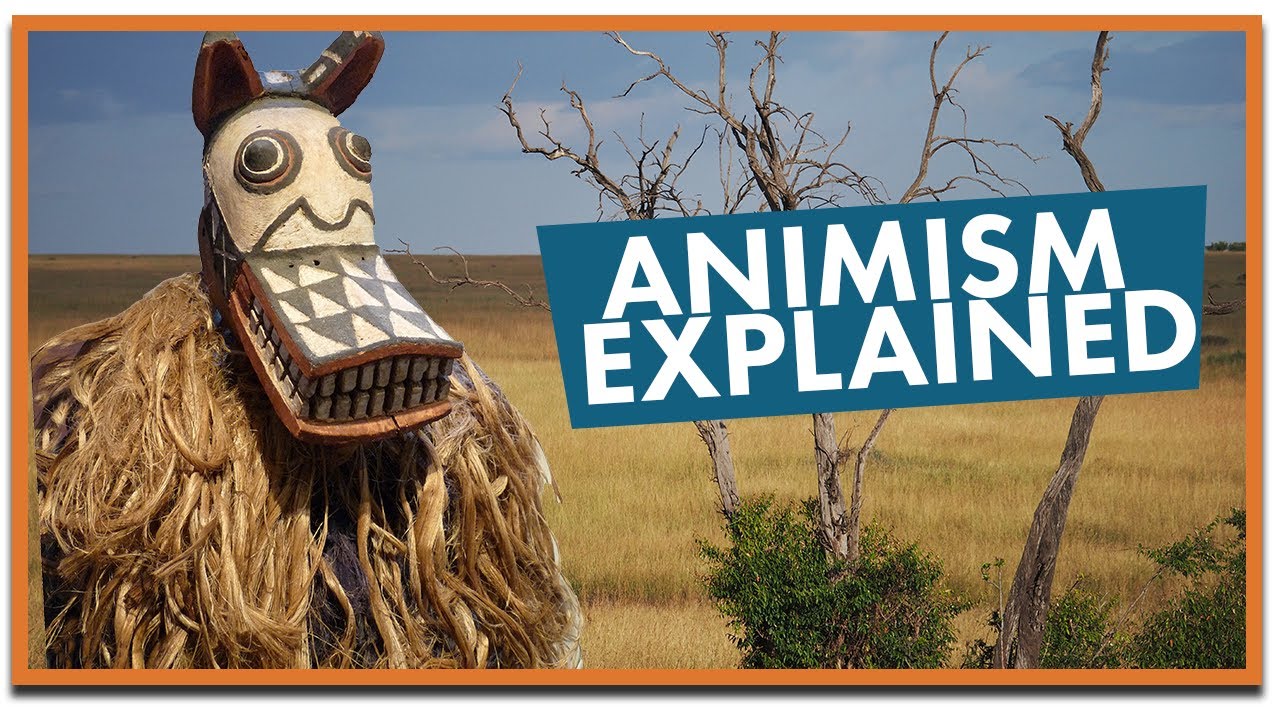Animism: Multimedia
Further resources, if available, can be found in our full bibliography.
Interview with David Abram: Animism in Language
Interview conversation on animism between David Abram and Rune Hjarnø Rasmussen, the host of the YouTube channel Nordic Animism.
Episode 3.8, Radical Animism with Rowan Deer
This episode of Spotlights features Rowan Deer, author of Radical Animism: Reading for the End of the World (Bloomsbury, 2020), which brings together literary, philosophical, and scientific perspectives to rethink animism for the Anthropocene. She discusses the way her book juxtaposes authors like Virginia Woolf, Lewis Carroll, and William Shakespeare with the Copernican Revolution, Charles Darwin’s theory of evolution, and Sigmund Freud’s theory of the unconscious. She also discusses the the role of deconstruction in her writing, correcting some common misunderstandings of deconstruction and Jacques Derrida. More information about her book is available on the publisher’s website.
The Nordic Animism Channel
This video introduces the Nordic Animism Channel, which focuses on animistic worldviews from Northern Europe. It explores pre-Christian Nordic beliefs that viewed nature as alive and spiritually potent. The channel seeks to revive these perspectives and show how they can shape today’s ecological awareness and cultural understanding.
David Abram on the Animate Earth & Becoming Animal
David Abram, a geo-philosopher and cultural ecologist, delivers a vivid and captivating talk in the Inayatiyya series on Nature Meditations. Abram explores the Earth as a living presence through the lens of animism, through which he emphasizes the deep interconnectedness between humans and the more-than-human world. He reflects on how modern society’s detachment from nature distorts perception and well-being and calls for renewed ecological kinship.
The Science of Psychedelics & Nature Connectedness
This talk explores the connection between psychedelics, shamanic traditions, and ecological awareness. While Western science has only recently returned to this field, traditional use spans thousands of years. Drawing from ecopsychology, ethnobotany, and related disciplines, it presents animism as a way to understand consciousness, strengthen human-nature relationships, and respond to the environmental challenges facing the planet.
Animism: The First Religion?
Anthropologists in the late 19th and early 20th centuries hypothesized that animism was the earliest religion. But later scholars have called this theory into question. What is animism? And how should it be categorized? This video was presented, in part, by the Foundation for Religious Literacy.
We Have Always Been Animists
Graham Harvey, professor of religious studies at The Open University (UK), discusses animism and how our relations are damaged by ongoing efforts to separate (human) culture from ‘nature’ and humans from other species. Engaging with Indigenous knowledges, Harvey seeks to replace ‘nature’ with more respectful relationships with the world. Graham Harvey is professor of religious studies at The Open University, UK. His research largely concerns “the new animism,” especially in the rituals and protocols through which Indigenous and other communities engage with the larger-than-human world.
The Power of Animism
In this TEDx talk at TEDx Queenstown–Sense of Place, John Reid, a senior research fellow at the University of Canterbury’s Ngai Tahu Research Centre, takes us into the world of animism and explains it’s not about belief but experience. John explores the way in which Indigenous and western cultures shape their identity and the identity of the world around them.
Photo Credit: Banyan tree in Rioja, San Martín, Perú; Bill Salazar/Pexels
